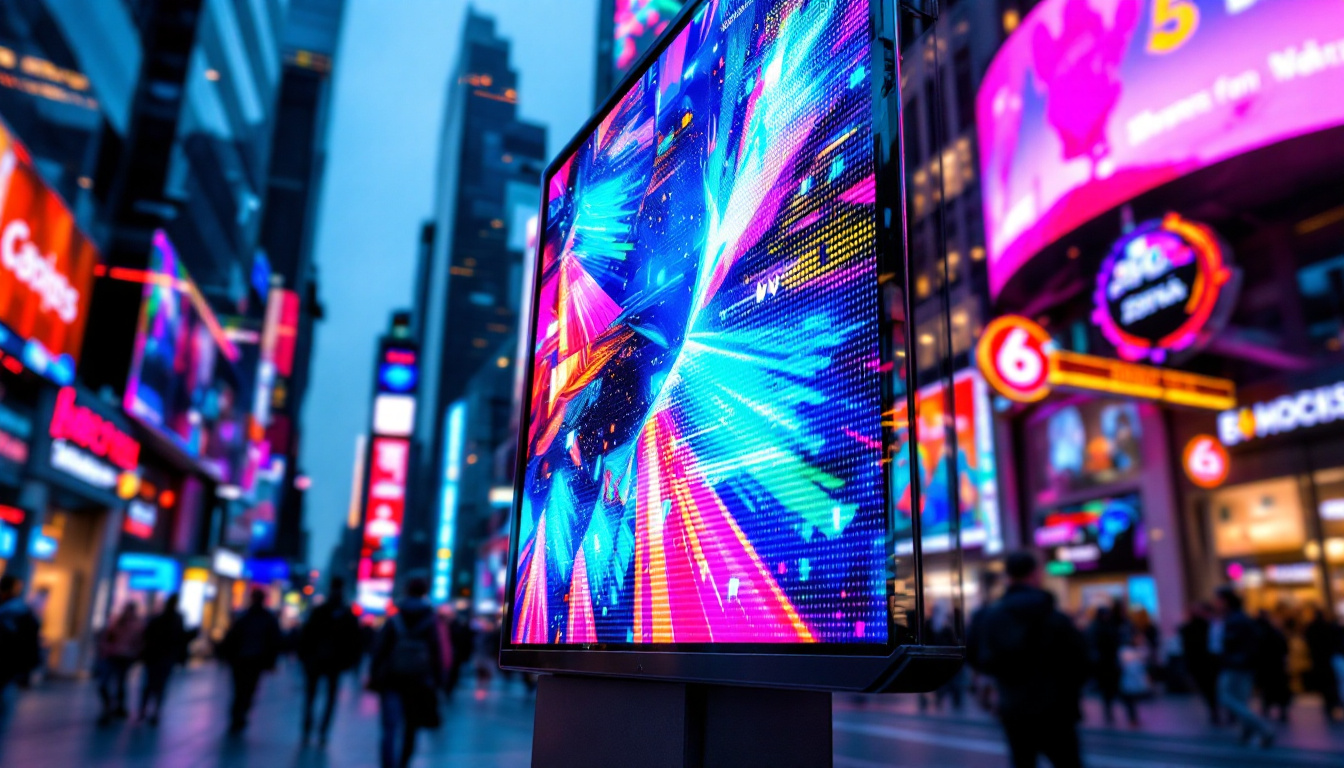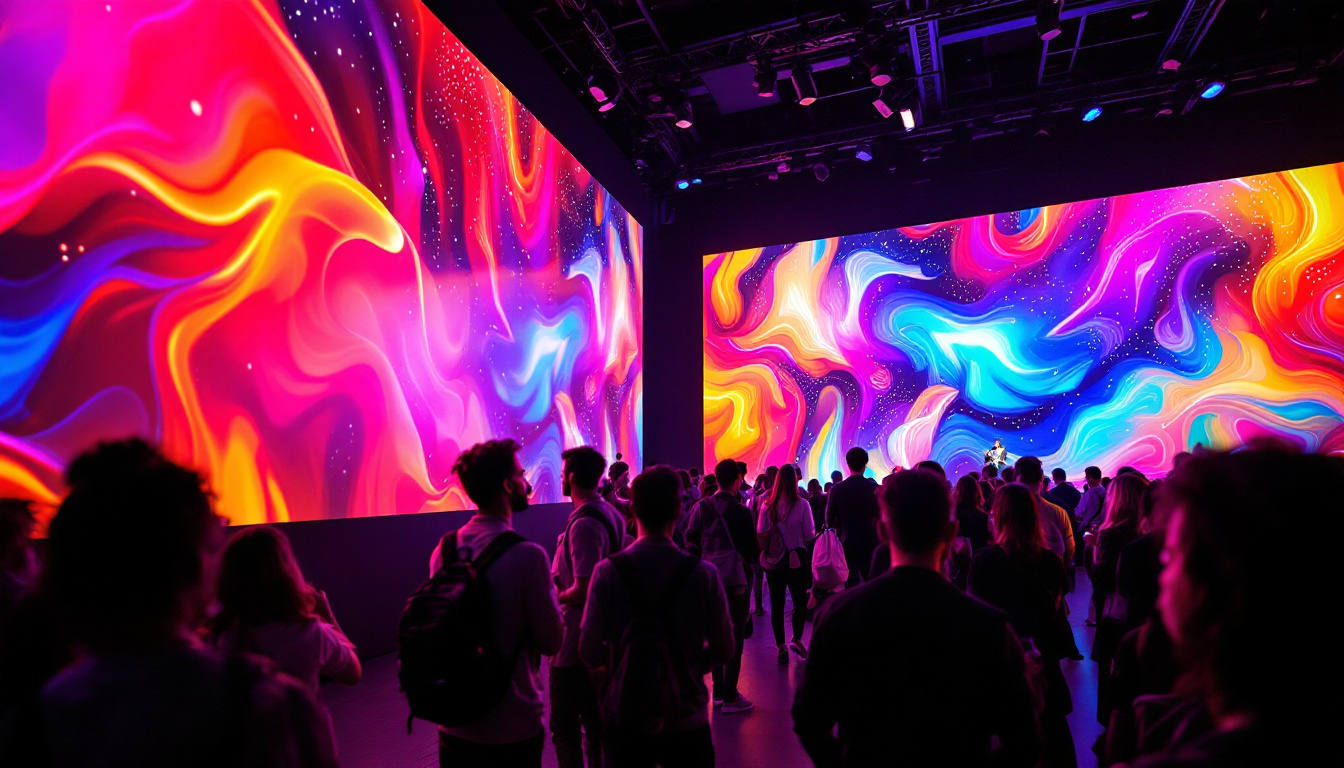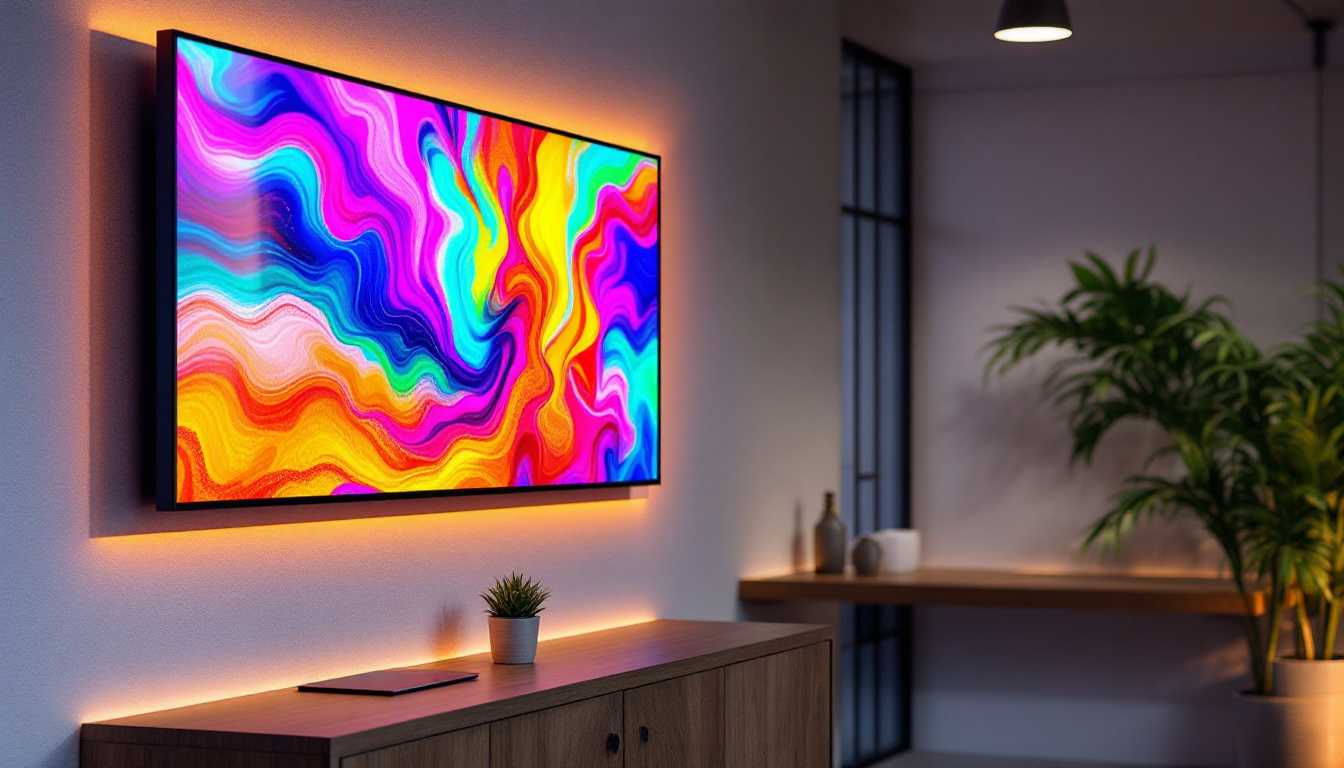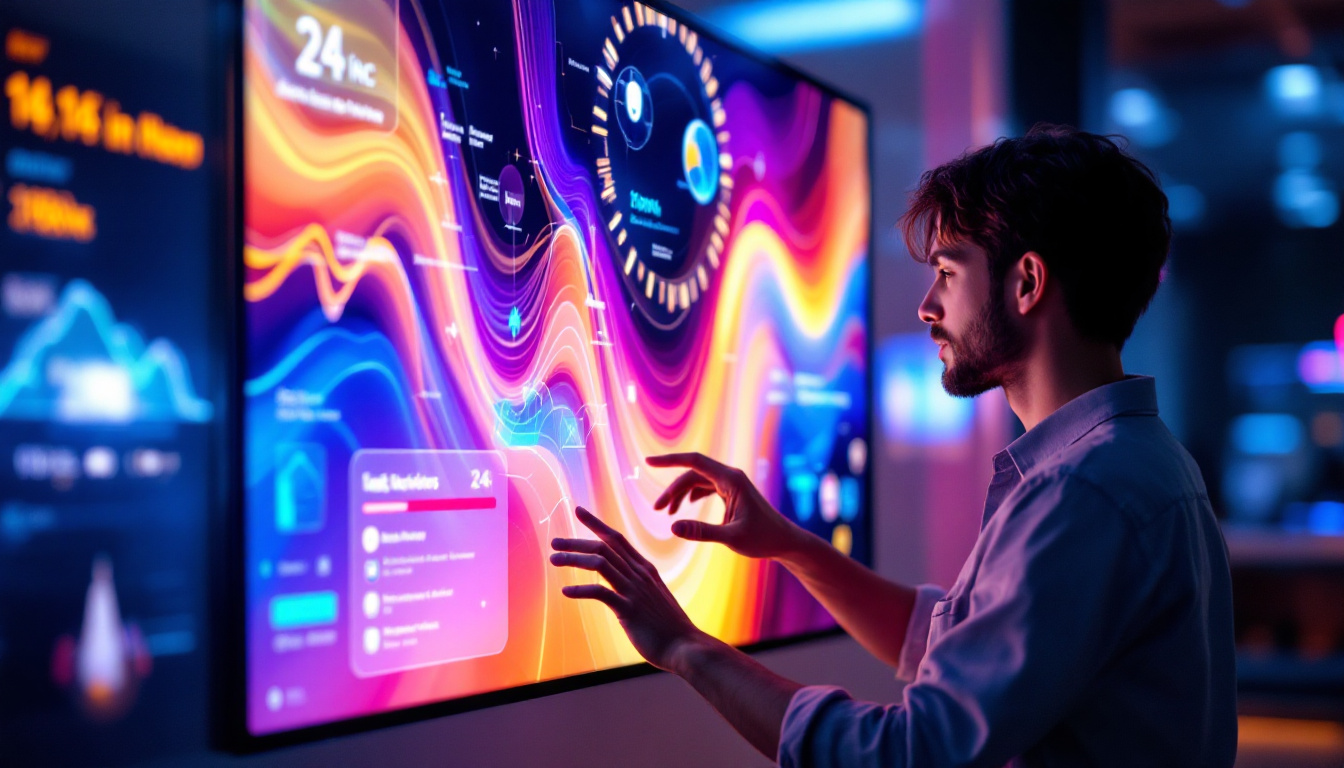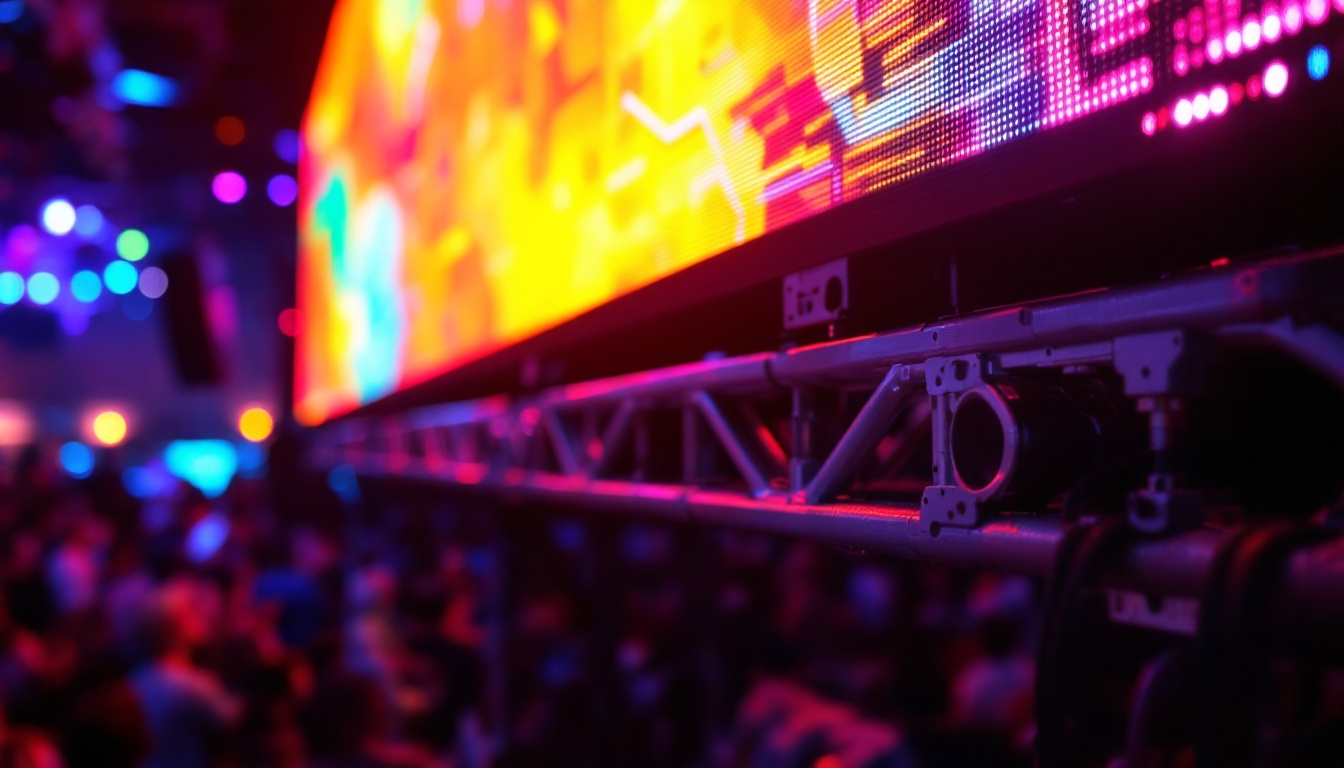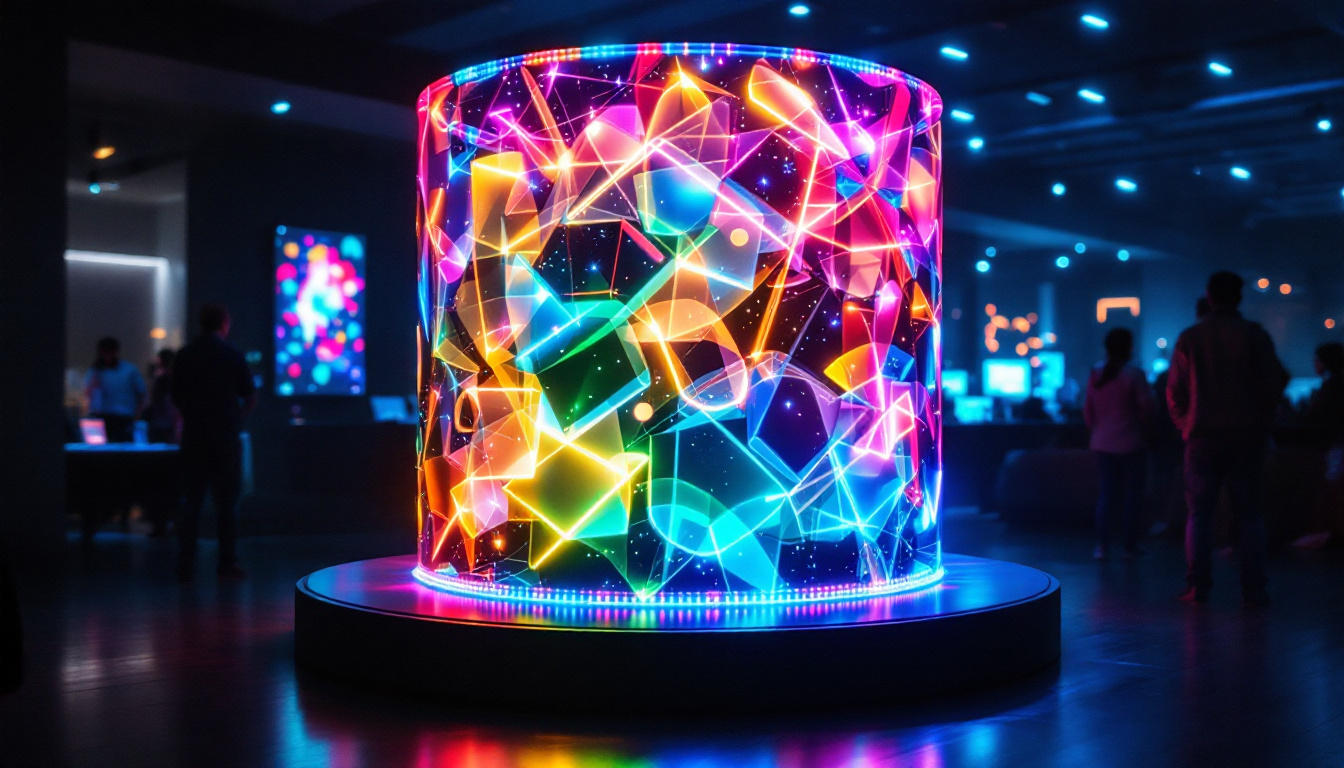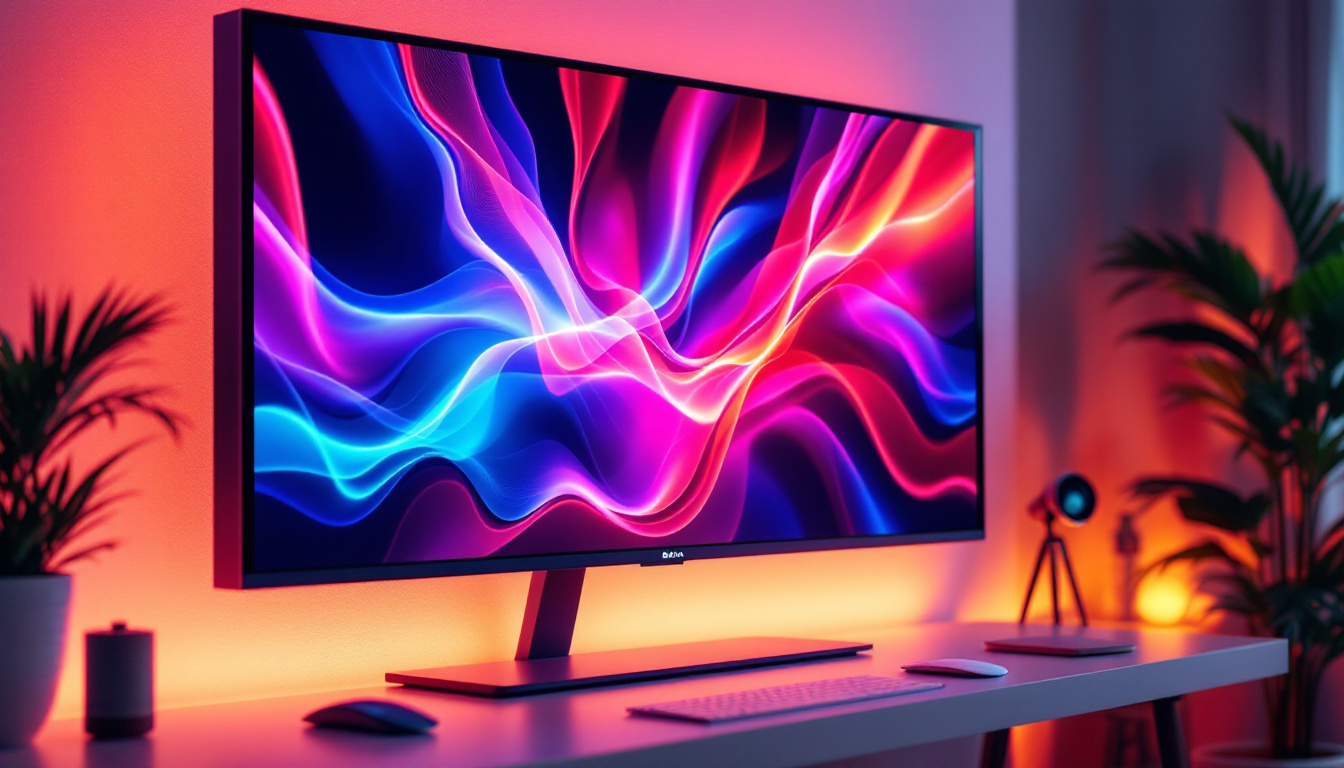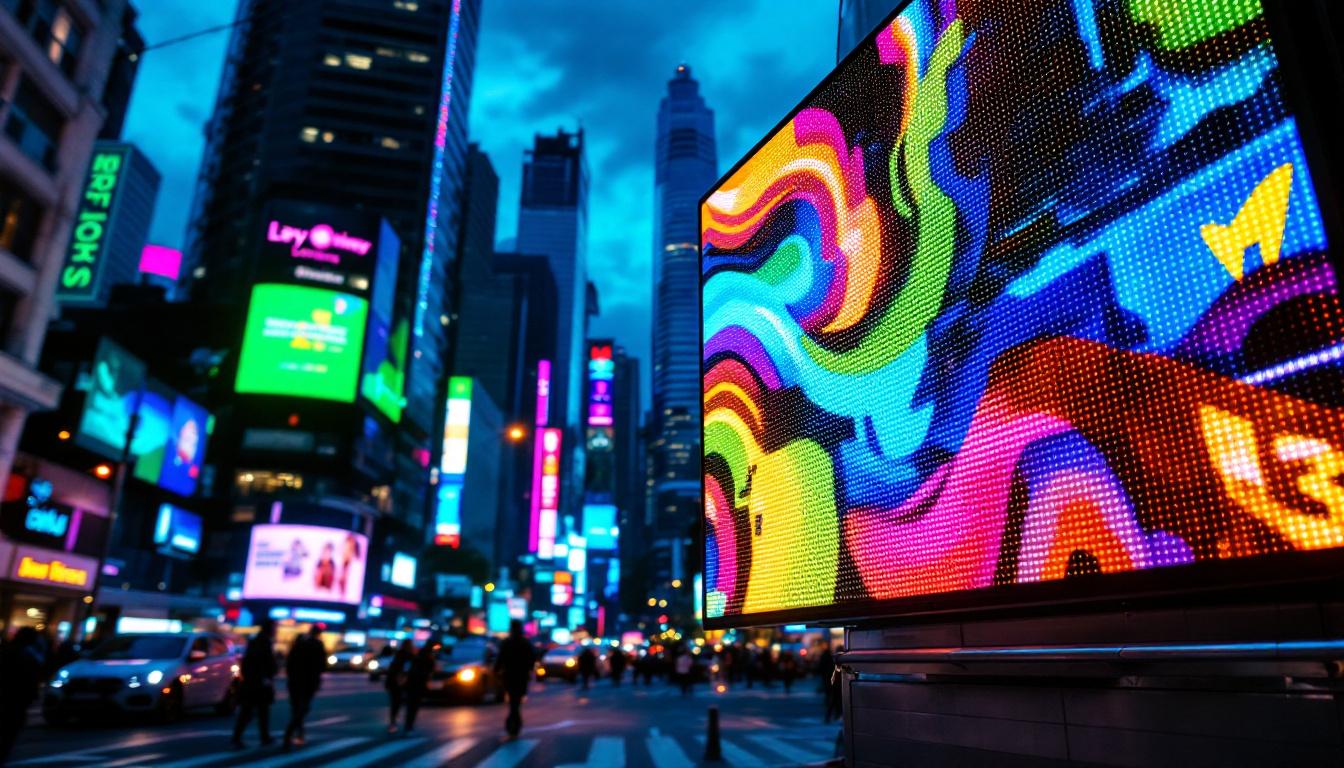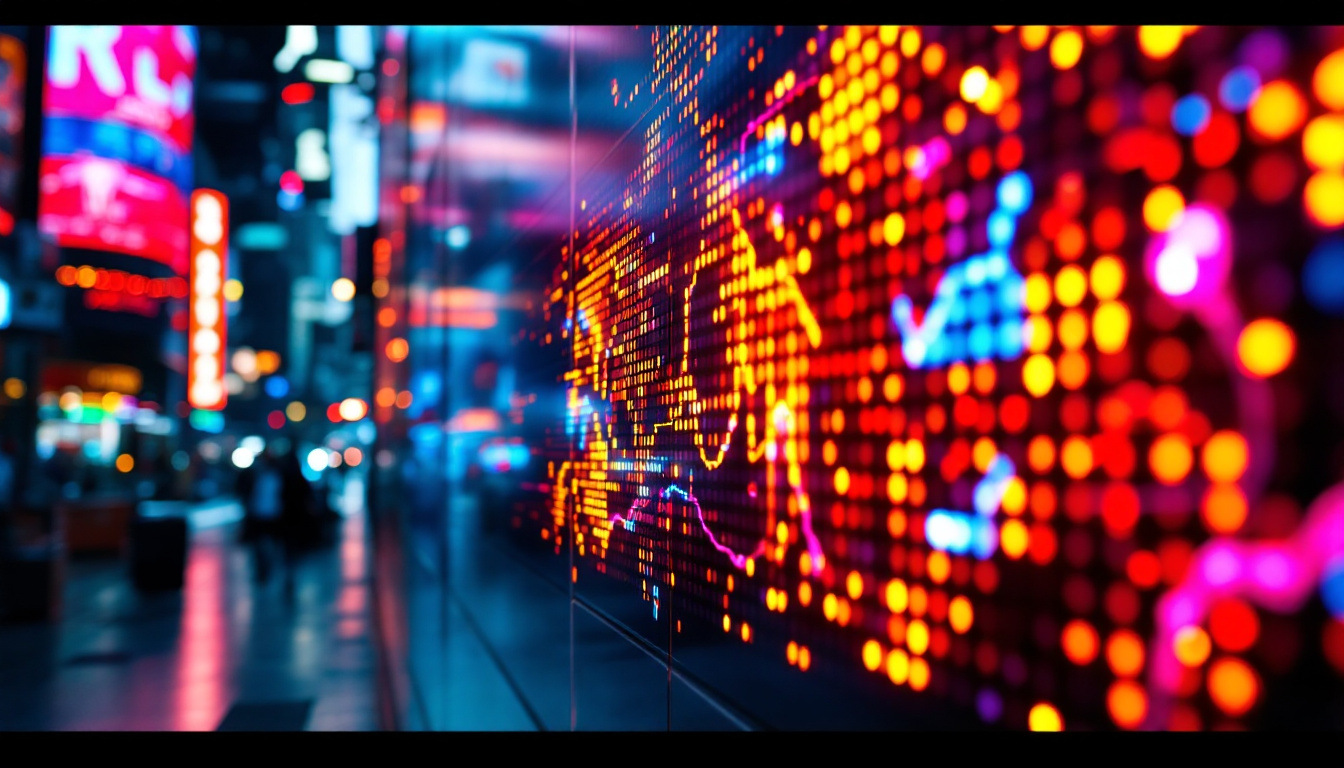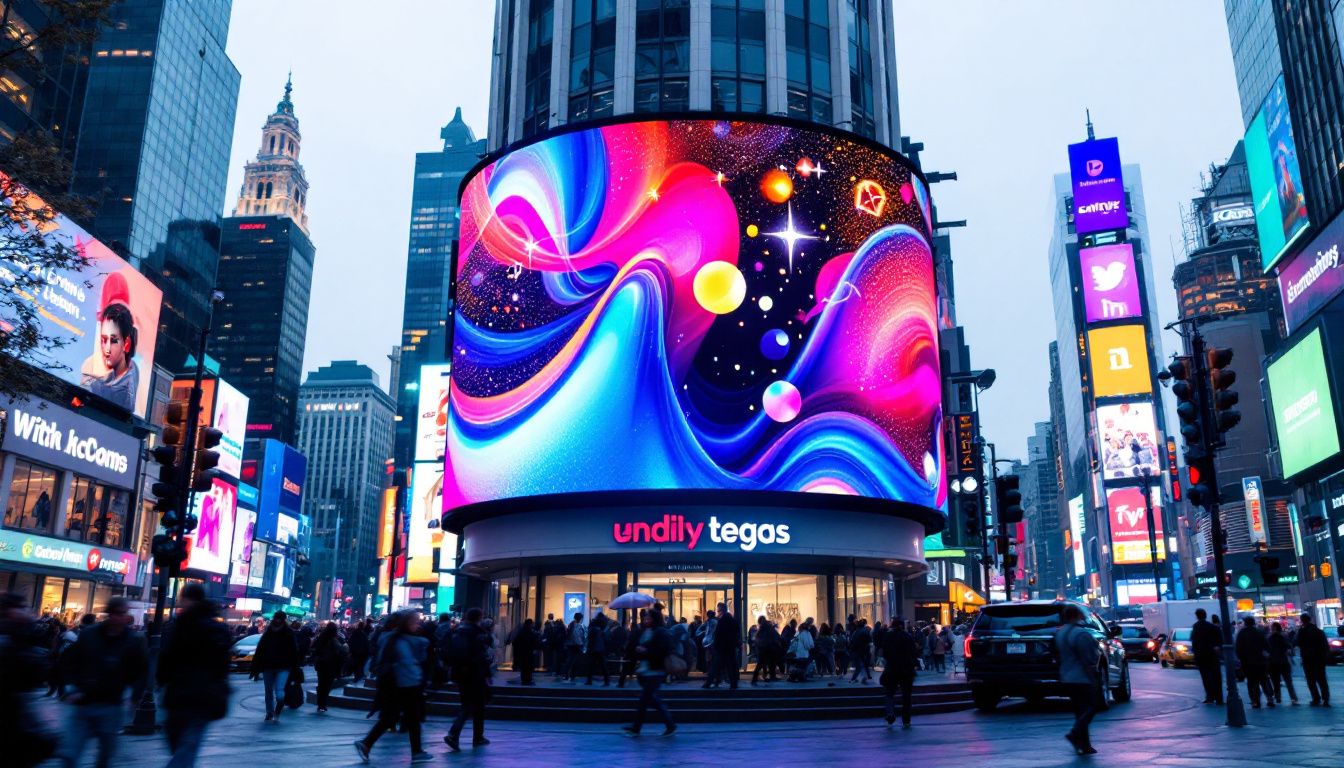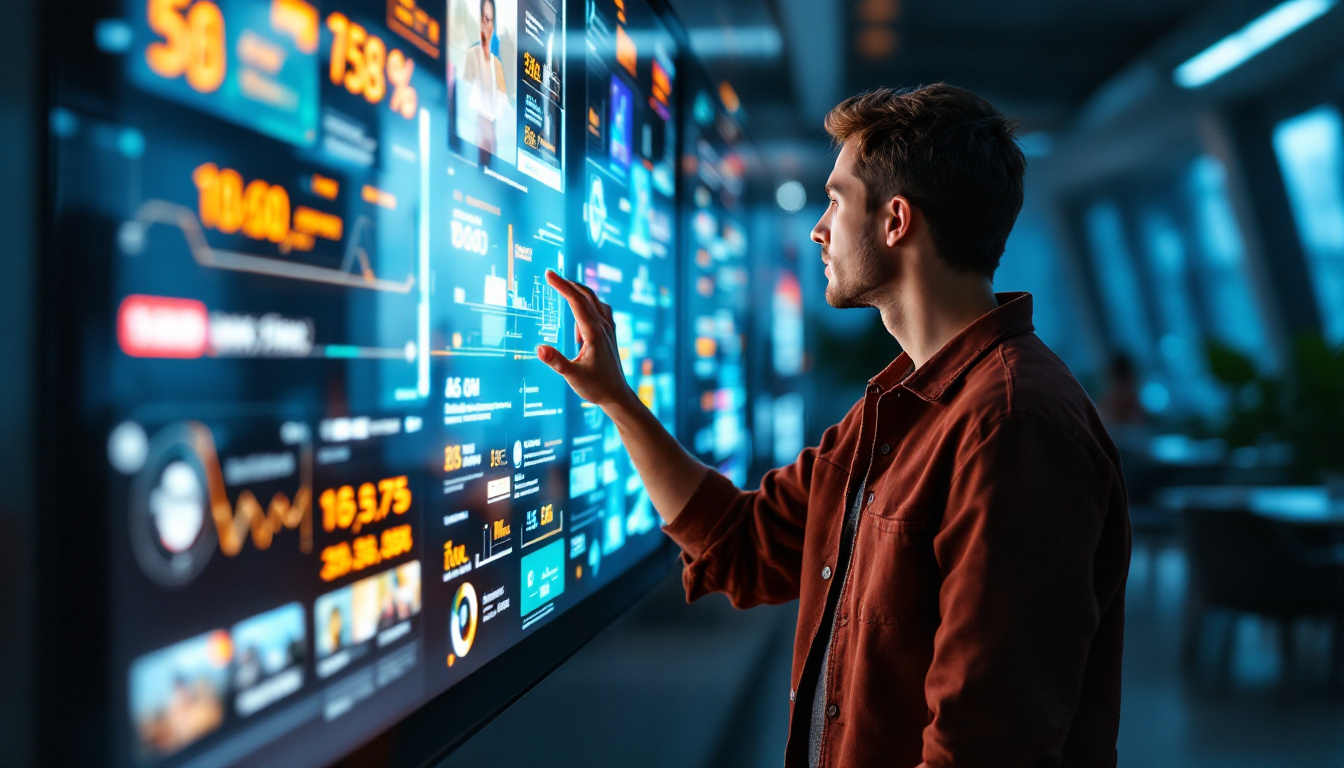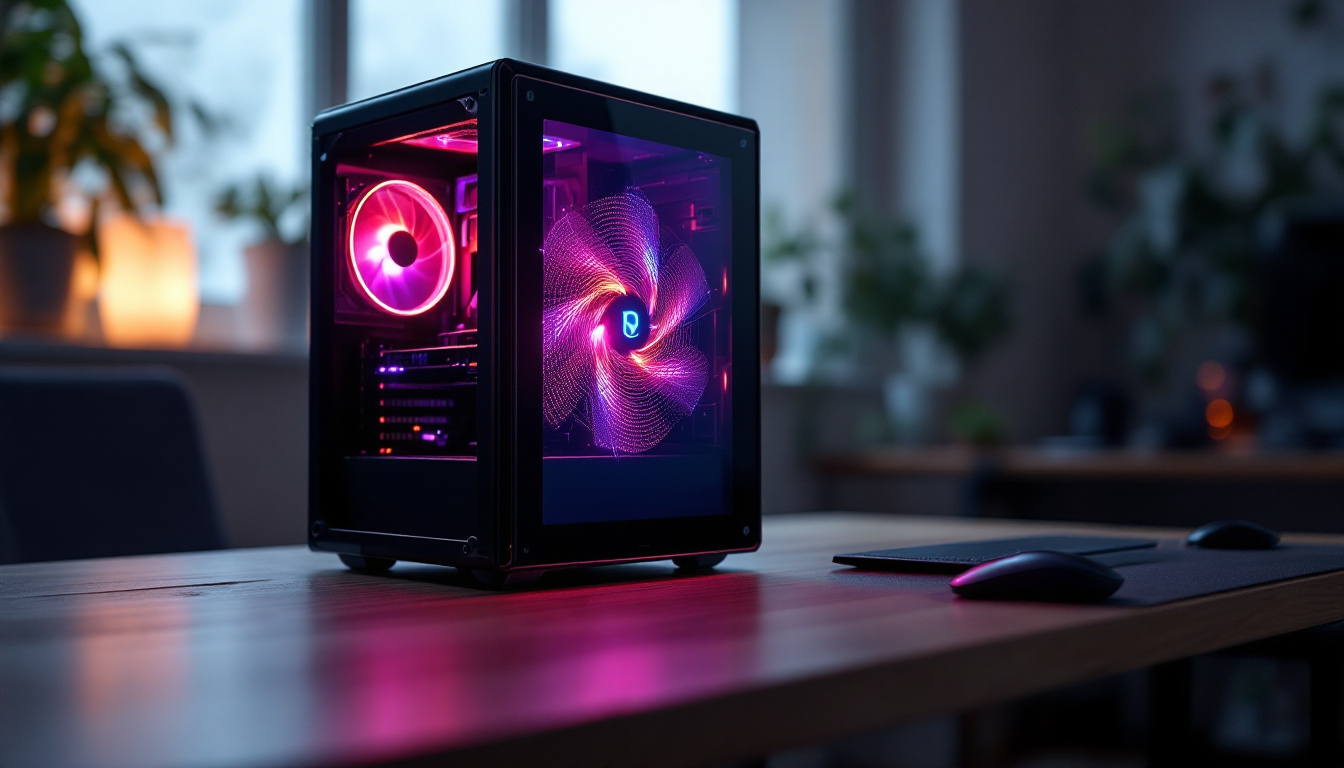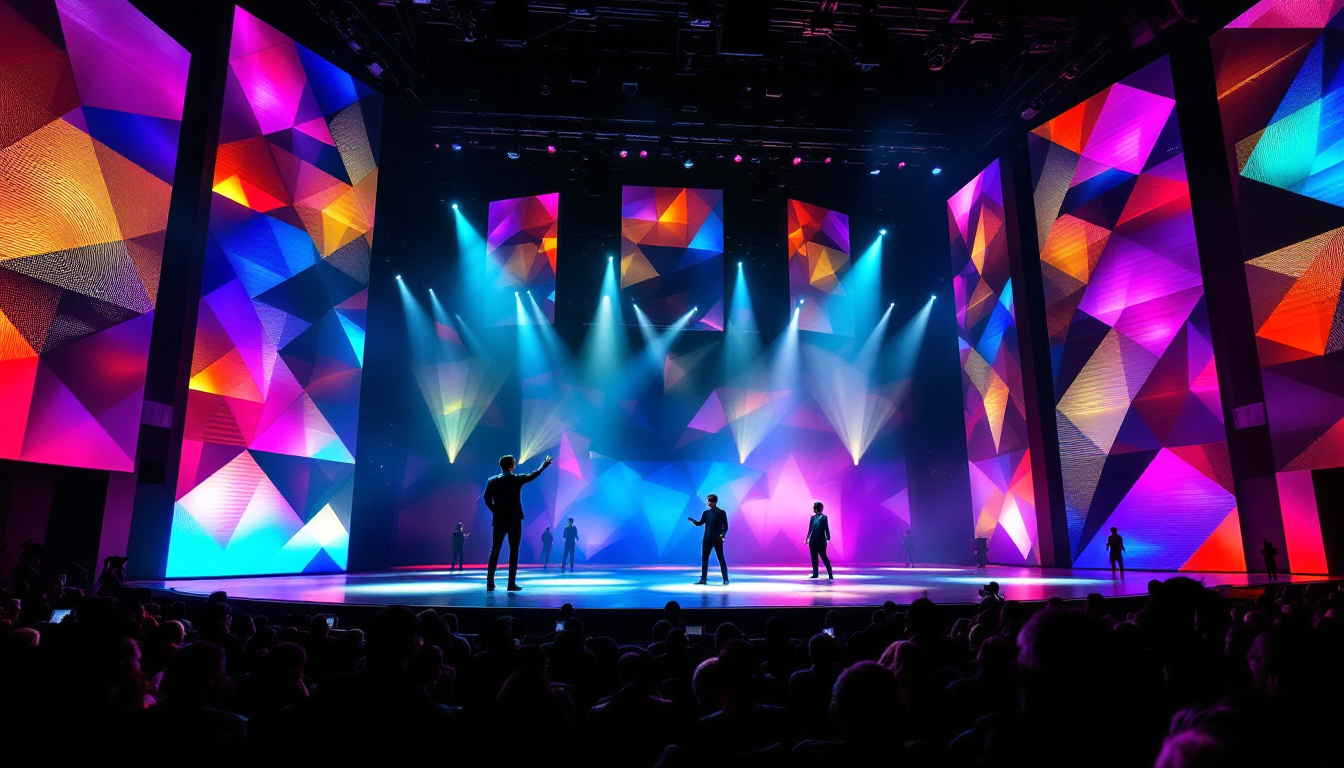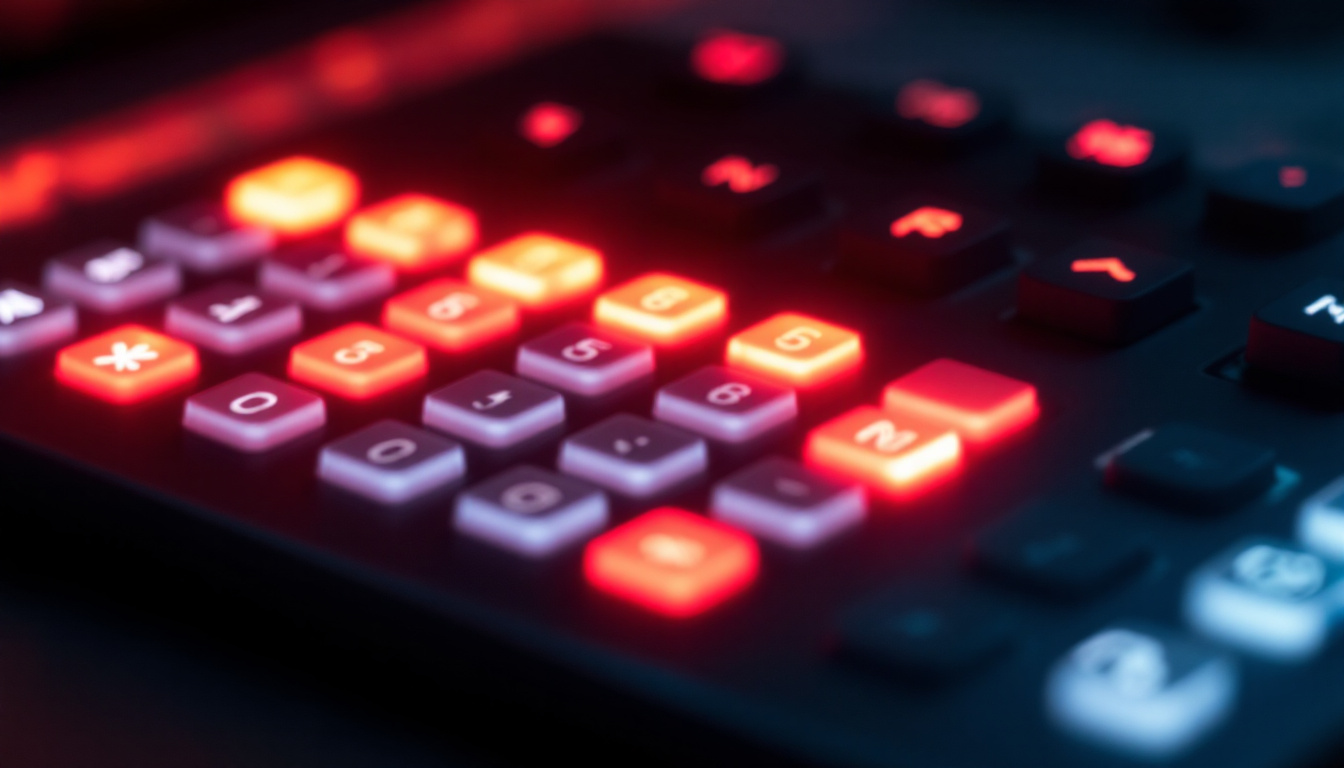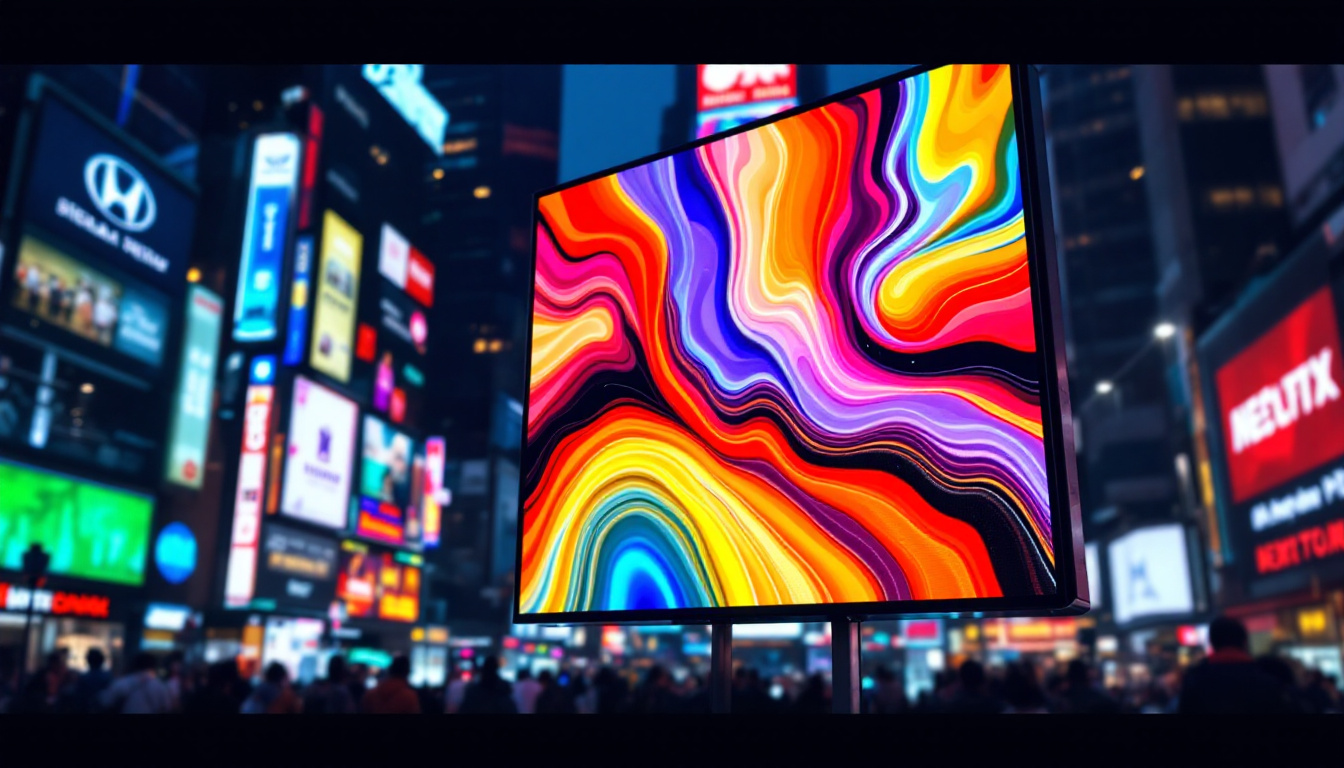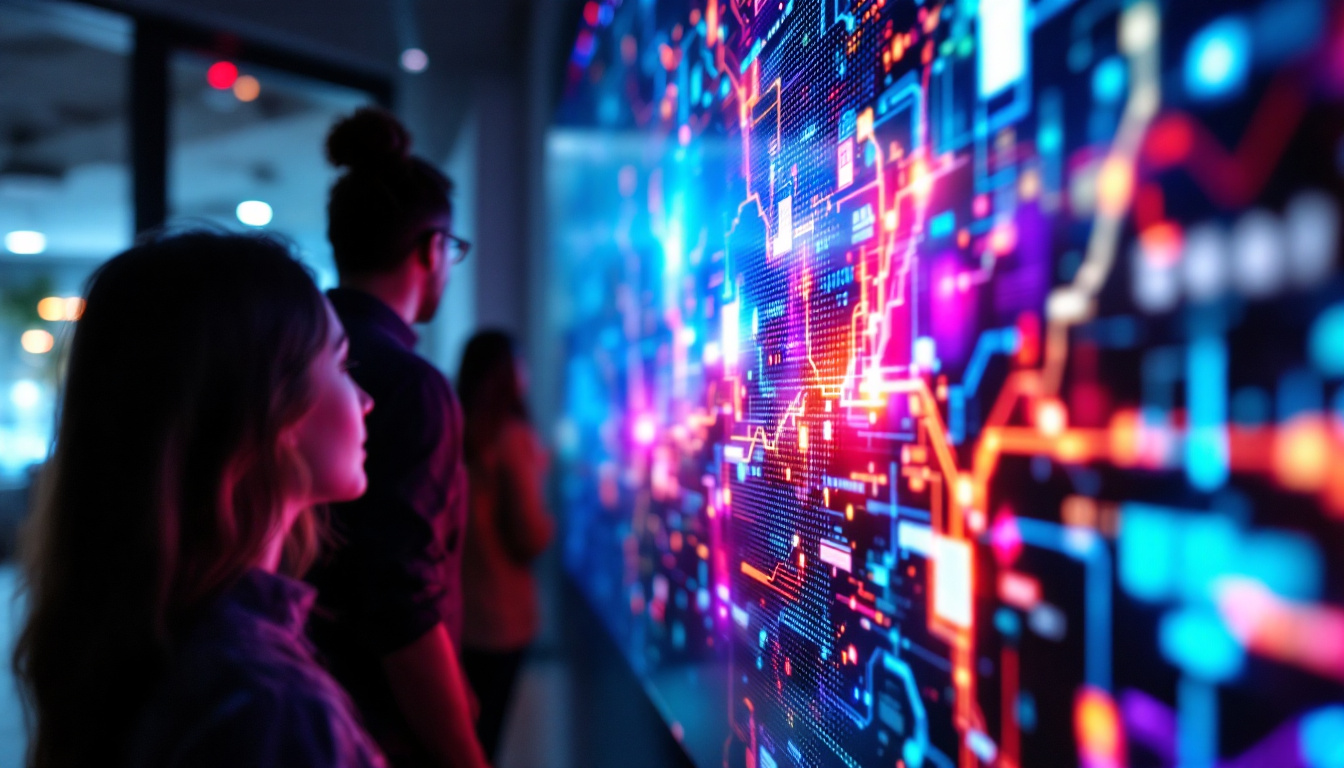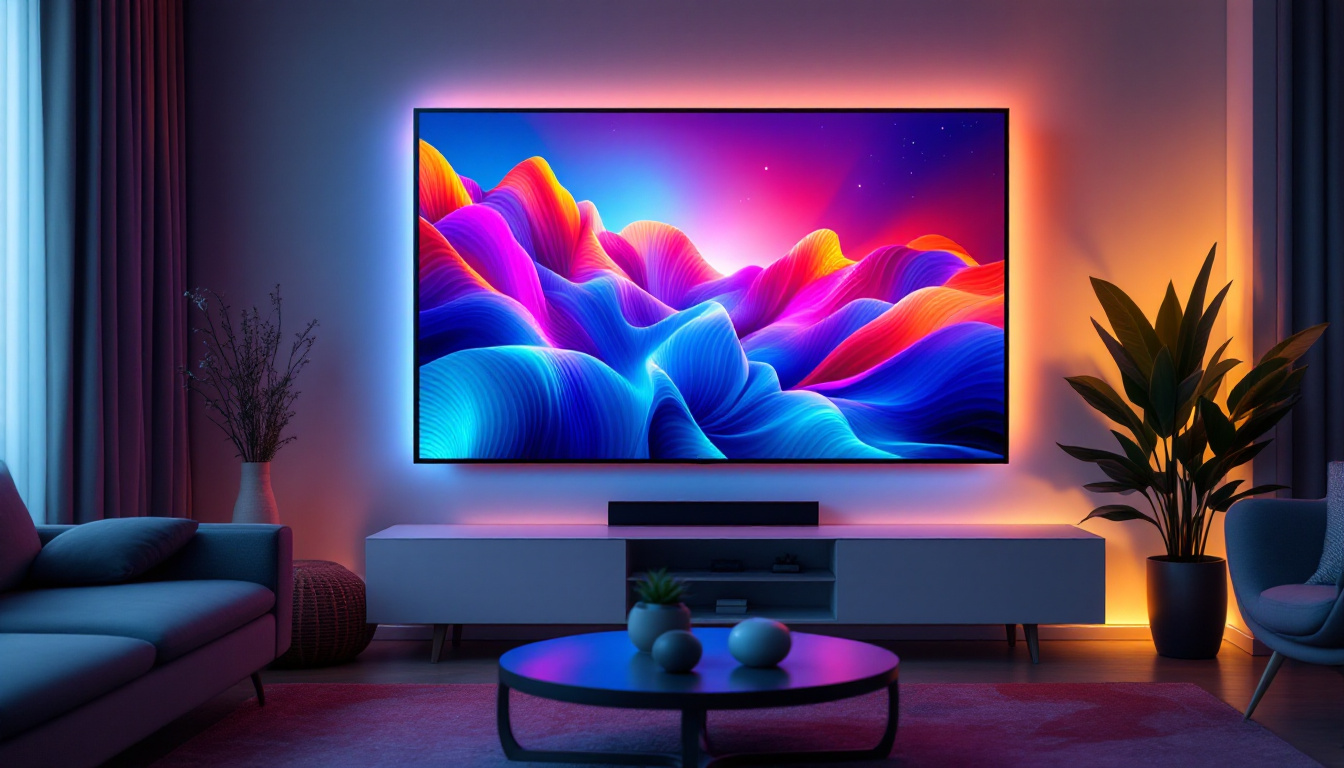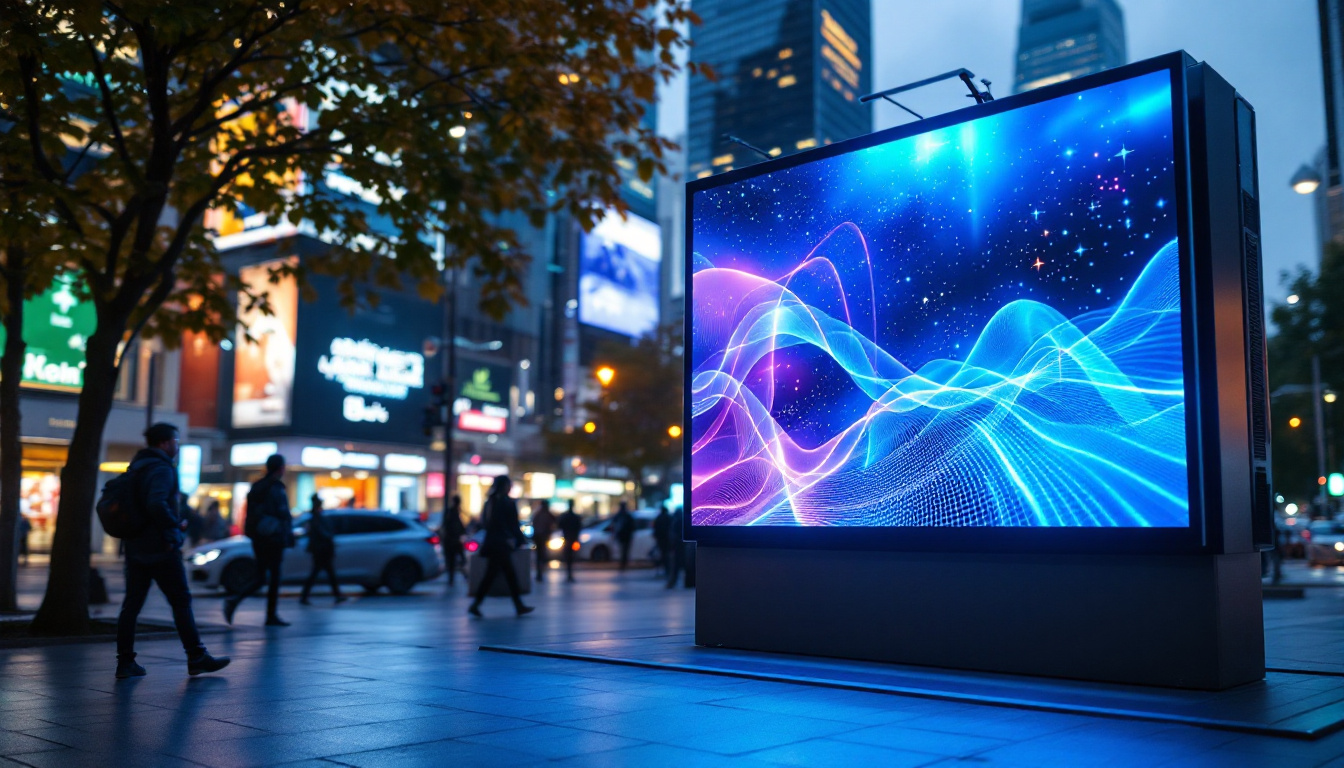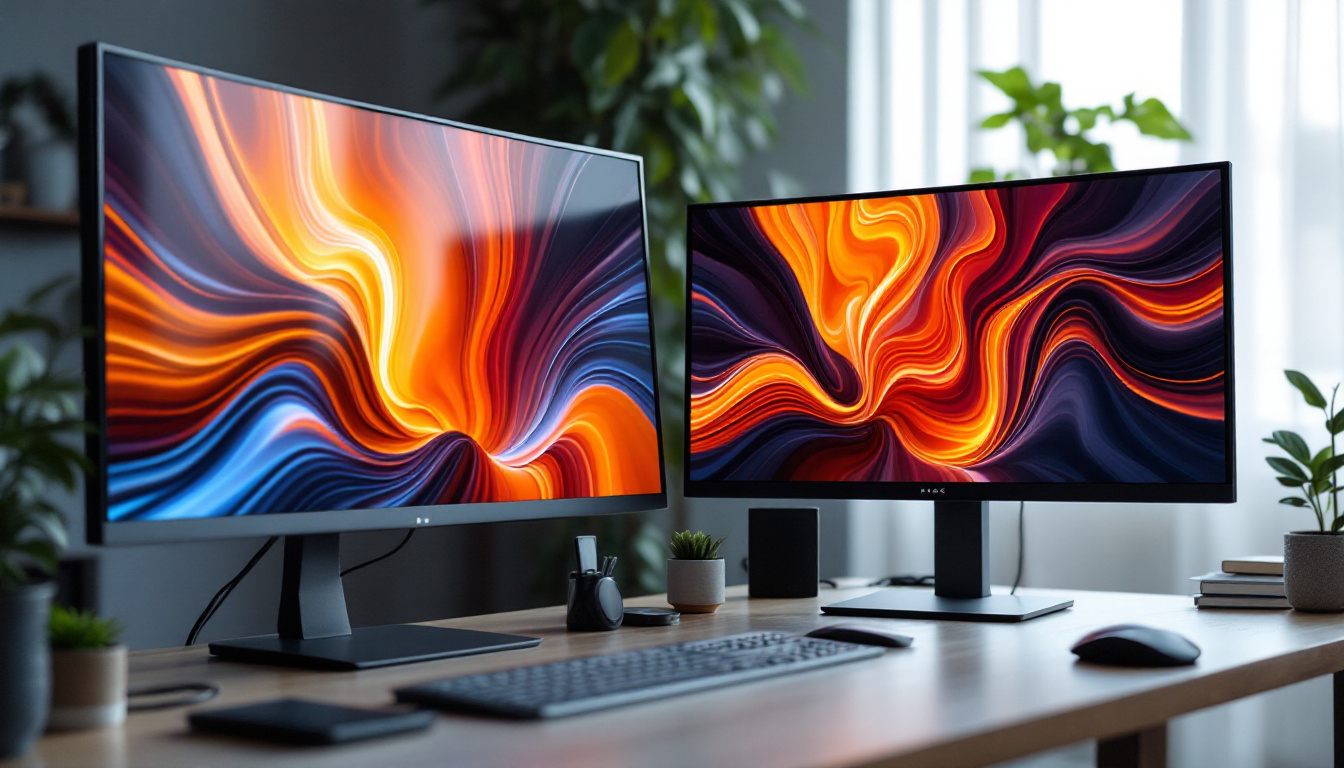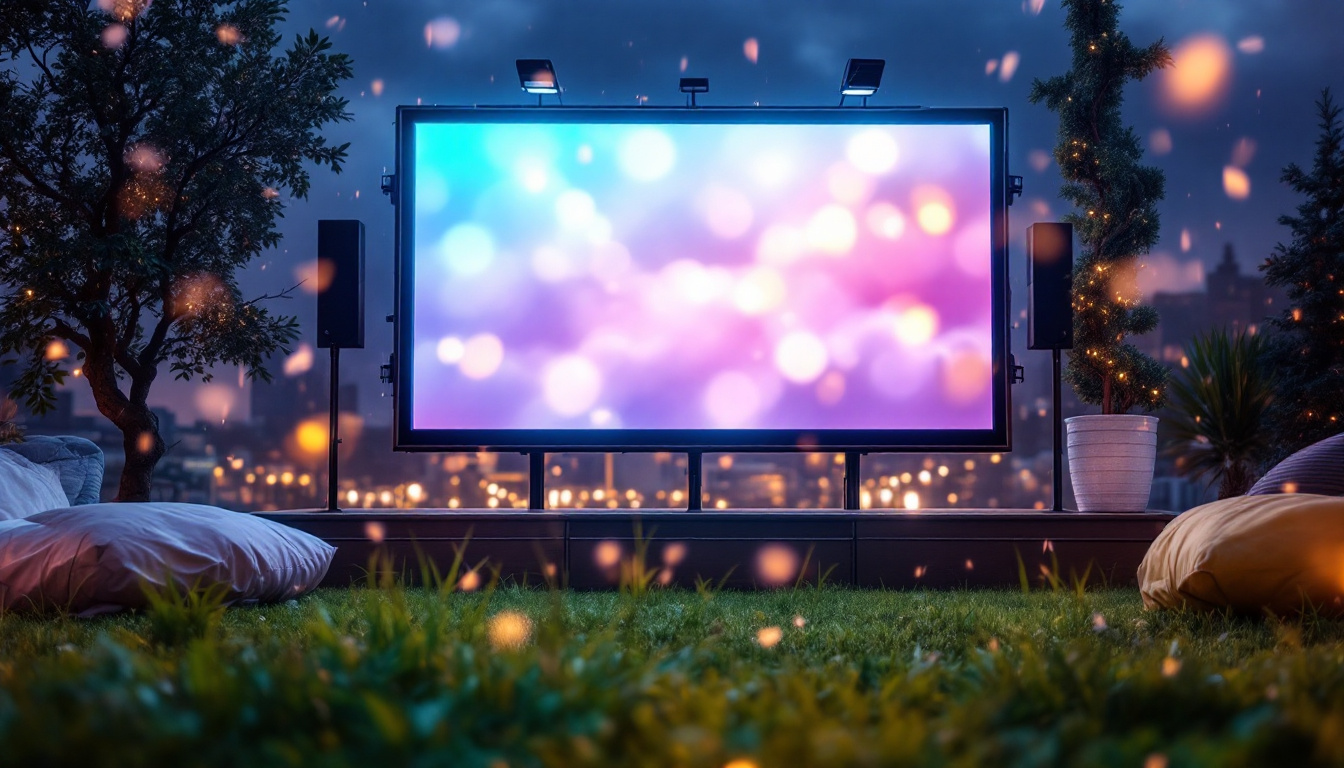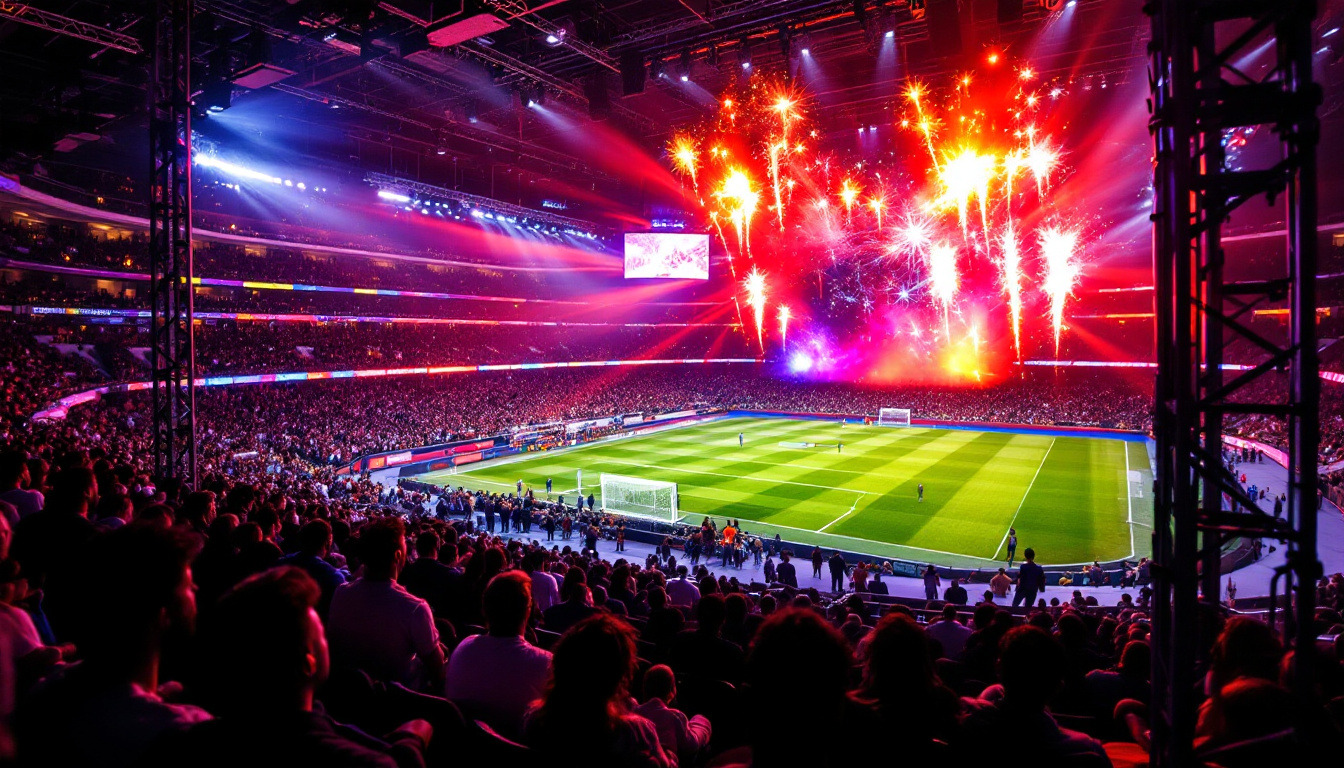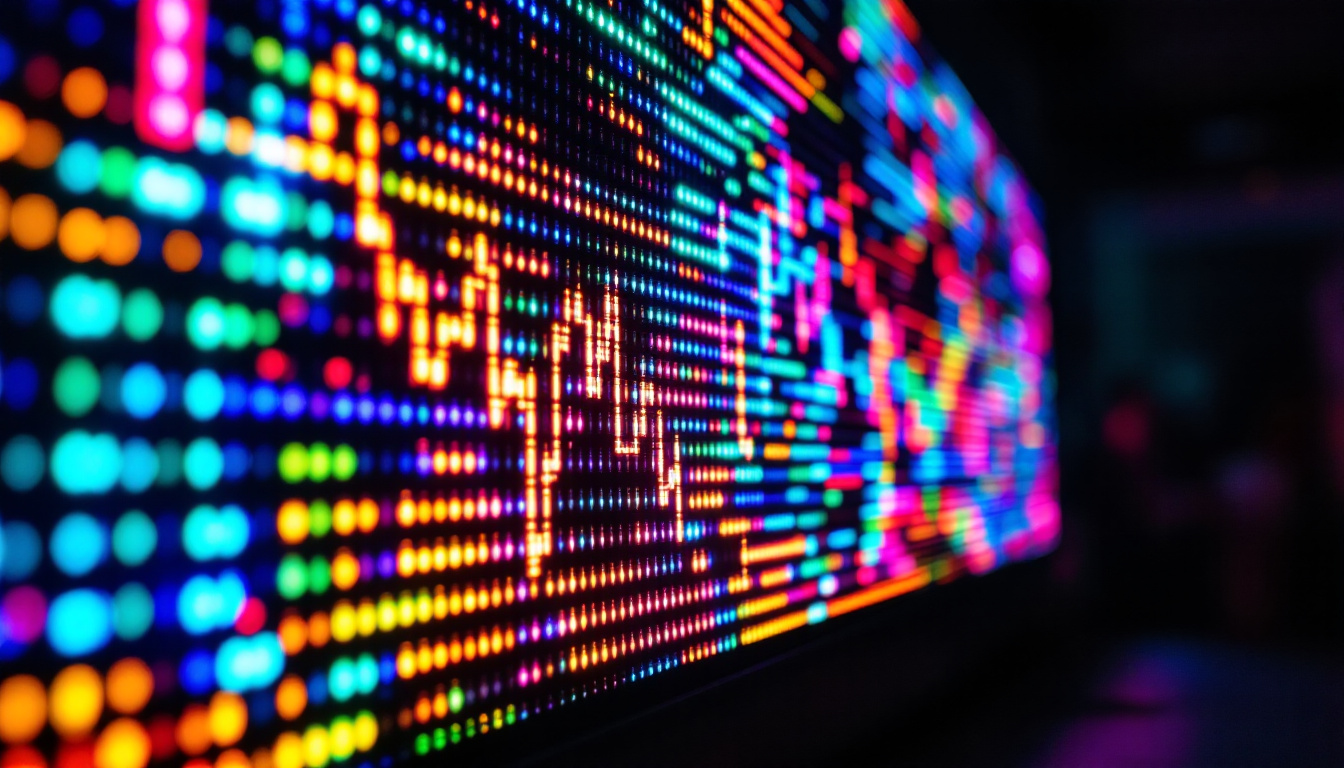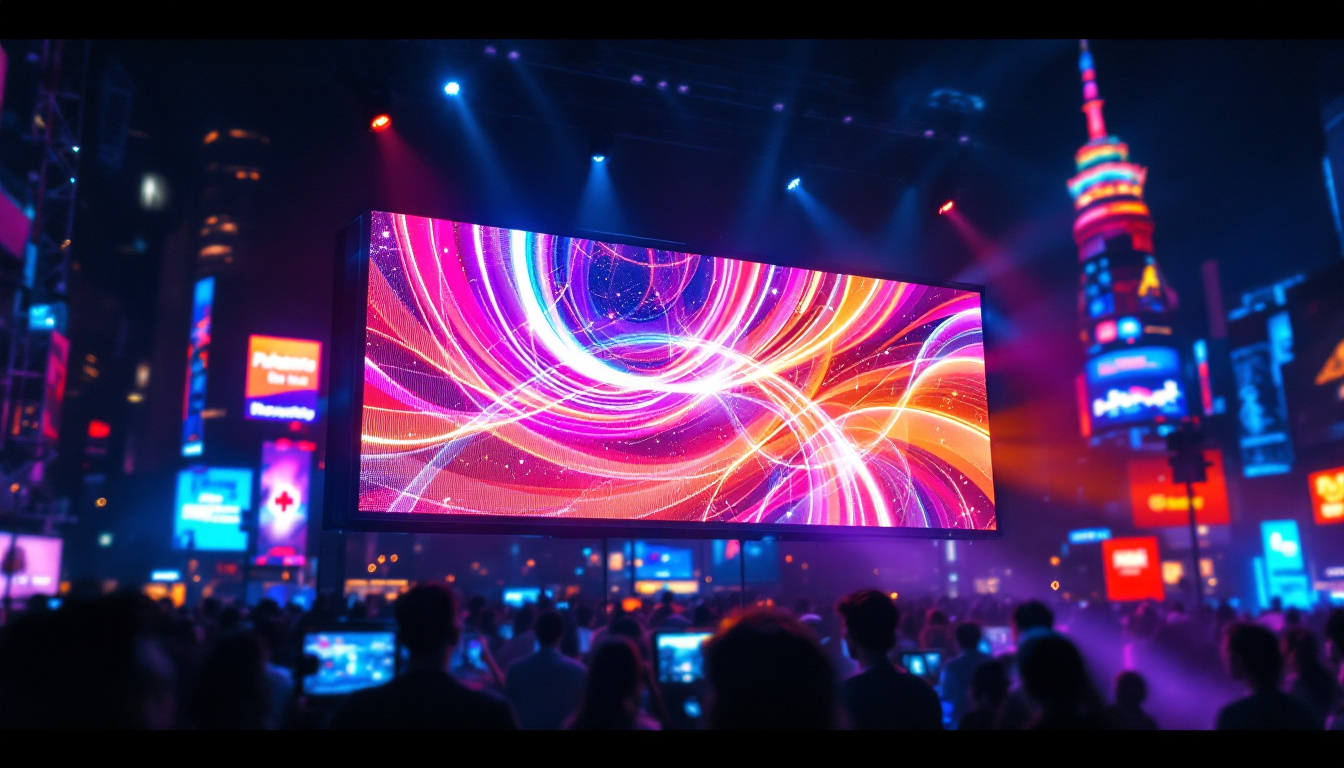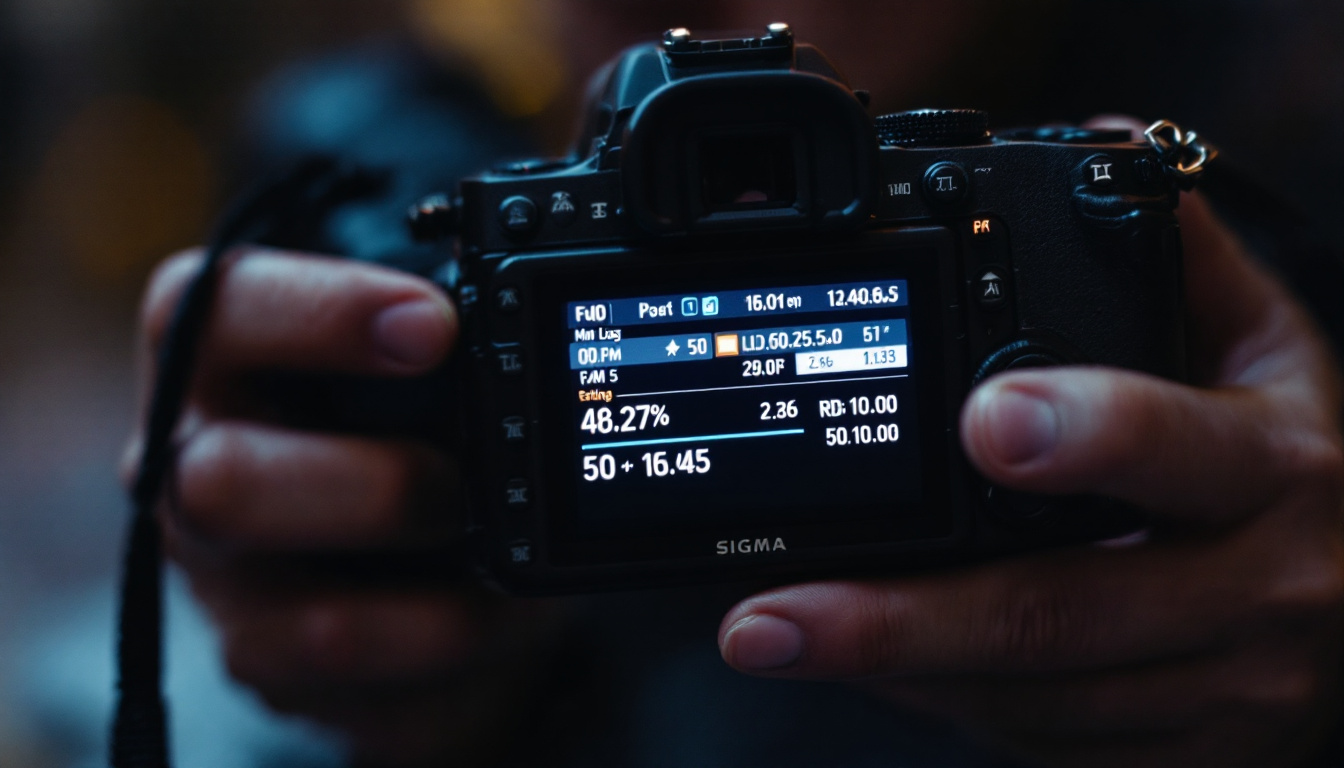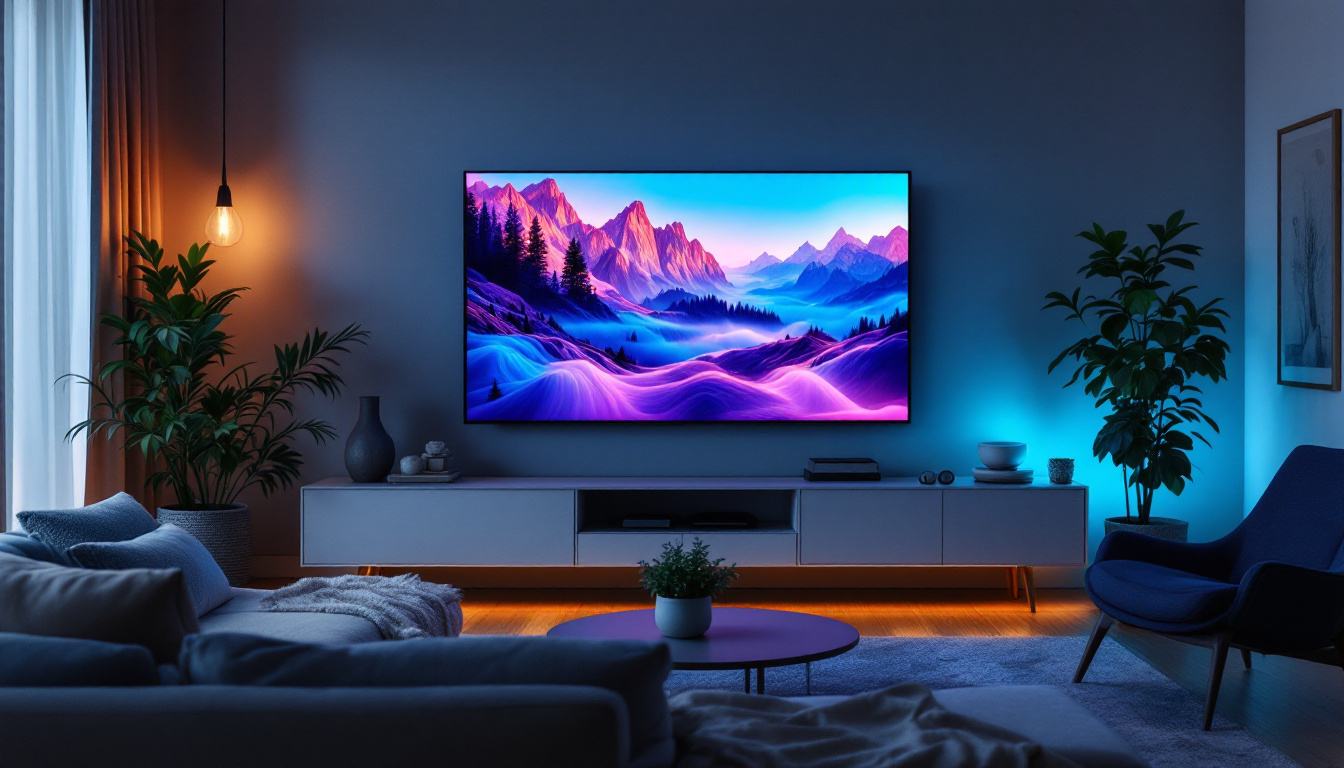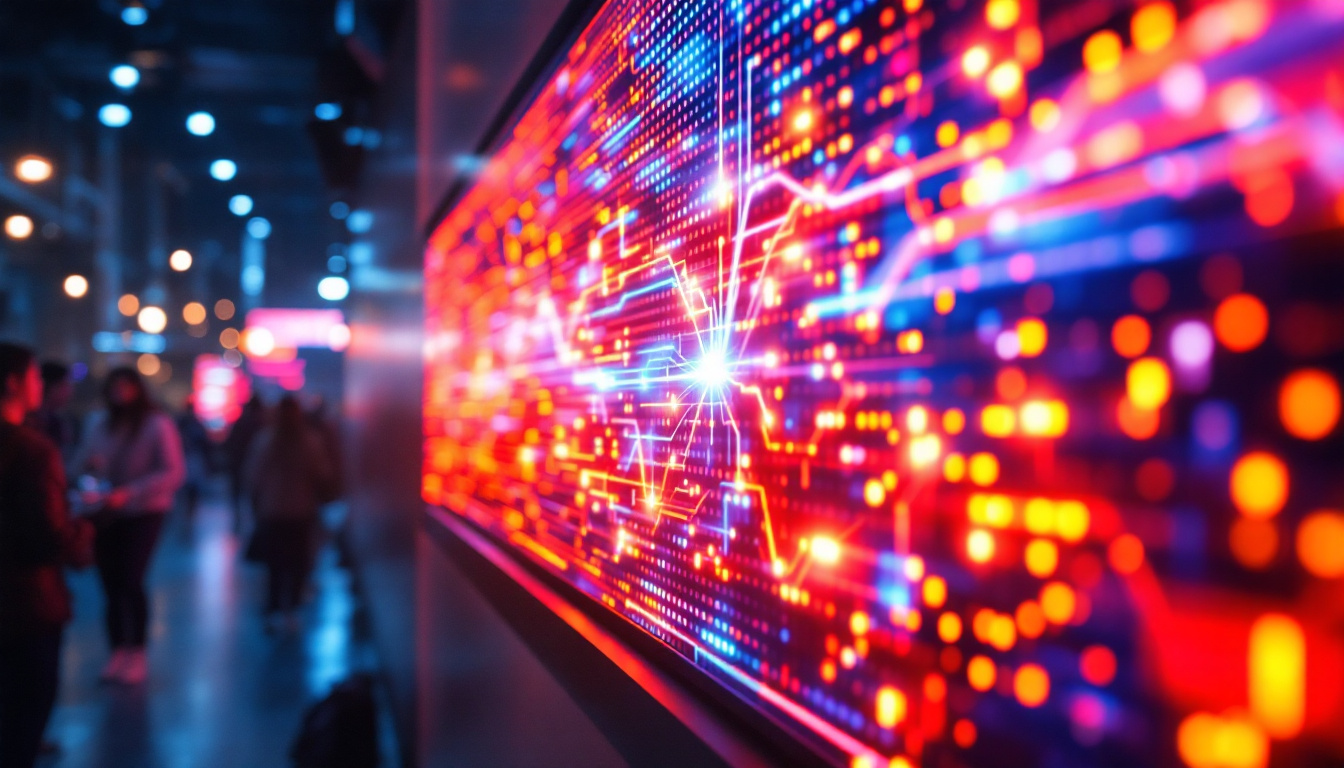In today’s fast-paced digital world, the demand for effective communication tools has never been higher. One of the most innovative solutions that have emerged is the digital display board, particularly those utilizing LED technology. These displays are not just visually appealing; they are also versatile and efficient, making them an ideal choice for various applications.
What is an LED Display?
LED stands for Light Emitting Diode, a technology that allows for the creation of bright, colorful displays. An LED display consists of numerous small diodes that emit light when an electric current passes through them. This technology has revolutionized how information is presented in public spaces, advertising, and events. The energy efficiency of LED displays is another significant advantage, as they consume less power compared to traditional lighting methods, making them not only cost-effective but also environmentally friendly.
Types of LED Displays
LED displays come in various types, each designed for specific purposes. The most common types include:
- Indoor LED Displays: These are typically used in shopping malls, conference rooms, and theaters. They provide high-resolution images and are designed to be viewed from shorter distances. Indoor displays often feature advanced technologies such as high refresh rates, which are essential for displaying fast-moving content without blurring.
- Outdoor LED Displays: Built to withstand harsh weather conditions, outdoor displays are larger and brighter to ensure visibility even in direct sunlight. They are often used for billboards and stadiums. Many outdoor displays also incorporate protective features like waterproofing and UV resistance, ensuring longevity and durability in various environmental conditions.
- Mobile LED Displays: These are mounted on vehicles and can be transported to various locations. They are commonly used for events, parades, and promotions. The flexibility of mobile LED displays allows advertisers to reach diverse audiences in different settings, making them a popular choice for dynamic marketing campaigns.
How LED Displays Work
The operation of an LED display is based on a matrix of pixels, each made up of red, green, and blue diodes. By adjusting the intensity of each diode, a wide range of colors can be produced. This RGB color model allows for the display of images, videos, and text with remarkable clarity and vibrancy. The pixel density of an LED display is crucial; higher pixel densities result in sharper images, making them ideal for close-up viewing.
Additionally, LED displays are controlled by a computer system that sends signals to the diodes, determining what content is shown. This system can be programmed to change the display in real-time, making it an effective tool for dynamic advertising and information dissemination. Advanced LED displays can also incorporate features such as touch interactivity and integration with social media feeds, enhancing viewer engagement and providing real-time updates. The versatility of LED technology continues to expand, with innovations such as transparent LED displays and flexible screens paving the way for new applications in both commercial and artistic contexts.
Benefits of Using LED Displays
LED displays offer a multitude of advantages, making them a popular choice for businesses and organizations. Understanding these benefits can help in making informed decisions about their use.
Energy Efficiency
One of the standout features of LED technology is its energy efficiency. Compared to traditional display technologies, such as incandescent or fluorescent lights, LED displays consume significantly less power. This not only reduces electricity costs but also minimizes the environmental impact, making them a sustainable choice for businesses aiming to lower their carbon footprint. Additionally, many LED displays come with smart technology that allows for adaptive brightness, adjusting the light output based on ambient light conditions. This feature not only conserves energy further but also enhances the viewing experience by ensuring optimal visibility at all times.
High Visibility and Brightness
LED displays are known for their exceptional brightness and visibility. This quality makes them ideal for outdoor settings where sunlight can wash out other types of displays. The vibrant colors and high contrast ensure that content remains legible from a distance, capturing the attention of passersby effectively. Moreover, the ability to display dynamic content, such as videos and animations, allows businesses to engage their audience in a more interactive manner. This versatility is particularly beneficial for advertising and promotional campaigns, where eye-catching visuals can significantly enhance brand recognition and customer interest.
Longevity and Durability
Another advantage of LED displays is their impressive lifespan. Typically, an LED display can last up to 100,000 hours or more, depending on usage and environmental conditions. This longevity translates to lower maintenance costs and fewer replacements over time. Furthermore, LED technology is more resilient to shocks and vibrations, making it suitable for various environments. In addition to their physical durability, LED displays are also designed to withstand extreme weather conditions, including rain, snow, and high temperatures. This robustness ensures that they can operate effectively in diverse settings, from bustling urban centers to remote outdoor venues, providing reliable performance regardless of the circumstances.
Applications of LED Displays
The versatility of LED displays allows them to be utilized in a wide range of applications across different industries. From advertising to information sharing, these displays serve numerous purposes.
Advertising and Marketing
One of the most prominent uses of LED displays is in advertising. Businesses leverage these displays to showcase their products and services dynamically. The ability to change content quickly allows for targeted marketing campaigns that can be adapted based on time of day, audience, or event. This flexibility enhances engagement and can significantly boost sales. Moreover, the vibrant colors and high brightness of LED displays capture the attention of passersby, making them an effective tool for attracting foot traffic. Retailers often use these displays to highlight limited-time offers or new arrivals, creating a sense of urgency that can drive immediate purchases.
Transportation and Wayfinding
LED displays are also extensively used in transportation hubs like airports, train stations, and bus terminals. They provide real-time information about arrivals, departures, and delays, ensuring that travelers are well-informed. Additionally, LED wayfinding signs help guide visitors in large venues, improving the overall experience. These displays can be programmed to show multiple languages, catering to diverse populations and enhancing accessibility. In busy environments, the clarity and visibility of LED screens are crucial, as they can be seen from a distance and in various lighting conditions, ensuring that important information reaches all travelers efficiently.
Events and Entertainment
In the realm of events and entertainment, LED displays play a crucial role. Concerts, sports events, and festivals often feature large LED screens that enhance the audience’s experience. These displays can show live feeds, promotional content, and interactive elements, creating an immersive environment that captivates attendees. Furthermore, the use of LED technology allows for creative visual effects, such as animations and synchronized light shows, which can elevate the overall production value of an event. As the demand for high-quality visual experiences continues to grow, event organizers increasingly rely on LED displays to deliver stunning visuals that resonate with audiences and create memorable moments.
Education and Training
In educational settings, LED displays serve as powerful tools for enhancing learning experiences. Classrooms and lecture halls equipped with LED screens can present interactive lessons, videos, and real-time data, making complex subjects more engaging and easier to understand. Additionally, these displays can facilitate collaborative learning by allowing multiple users to share content simultaneously. In corporate training environments, LED displays are used to present information in a visually appealing manner, helping to maintain participant interest and retention. The adaptability of LED technology means that educators can easily update content to reflect the latest information or trends, ensuring that learners are always receiving relevant and current material.
Challenges and Considerations
While LED displays offer numerous benefits, there are also challenges and considerations that need to be addressed. Understanding these factors can help in making the right choices when selecting and implementing LED technology.
Initial Costs
The initial investment for LED displays can be significant. While prices have decreased over the years, high-quality displays can still represent a considerable expense for businesses. However, it is essential to view this as a long-term investment, as the savings in energy costs and maintenance can offset the upfront costs over time.
Technical Expertise
Installing and maintaining LED displays may require technical expertise. Businesses may need to hire professionals for installation, programming, and ongoing maintenance. This factor can add to the overall cost and should be considered when planning for an LED display system.
Content Management
Effective content management is crucial for maximizing the potential of LED displays. Businesses must invest time and resources into creating engaging content that resonates with their target audience. A well-planned content strategy can significantly enhance the effectiveness of LED displays in achieving marketing and communication goals.
Future Trends in LED Display Technology
The LED display industry is continuously evolving, with new advancements and trends emerging regularly. Keeping abreast of these developments can help businesses stay competitive and make informed decisions about their display solutions.
Integration with Smart Technology
One of the most exciting trends is the integration of LED displays with smart technology. This includes the use of Internet of Things (IoT) devices, allowing displays to connect and communicate with other systems. For instance, smart displays can adjust their brightness based on ambient light conditions or display personalized content based on audience demographics.
Higher Resolution Displays
As technology advances, the demand for higher resolution displays continues to grow. Innovations such as microLED technology are paving the way for displays with even greater pixel density and image quality. This trend is particularly relevant for applications requiring detailed visuals, such as digital signage in retail and corporate environments.
Environmental Sustainability
With increasing awareness of environmental issues, the LED display industry is also focusing on sustainability. Manufacturers are exploring eco-friendly materials and production processes, as well as recycling programs for old displays. This shift toward sustainability not only benefits the environment but also appeals to consumers who prioritize eco-conscious brands.
Conclusion
Digital display boards using LED technology have transformed the way information is shared and consumed. Their energy efficiency, high visibility, and versatility make them an invaluable tool for businesses and organizations across various sectors. While there are challenges to consider, the benefits often outweigh the drawbacks, making LED displays a worthy investment.
As technology continues to evolve, the future of LED displays looks promising. With advancements in smart technology, higher resolution displays, and a focus on sustainability, businesses can expect even more innovative solutions that enhance communication and engagement. Embracing these changes will be essential for staying competitive in an increasingly digital world.
Discover LumenMatrix LED Display Solutions
Ready to elevate your visual communication strategy with cutting-edge LED technology? Look no further than LumenMatrix, a pioneer in creating dynamic and engaging LED display modules tailored to your needs. From vibrant Indoor LED Walls to robust Outdoor Displays, and from mobile Vehicle LED Displays to immersive LED Sports and Floor Displays, LumenMatrix offers a comprehensive range of solutions designed to captivate your audience and amplify your brand’s message. Experience the future of digital signage with our innovative All-in-One and Transparent LED Displays. Check out LumenMatrix LED Display Solutions today and transform the way you connect with your audience.

